Still worried about power shortage, looking for ways to cope
The Ministry of Industry and Trade has just submitted its 5th submission to the Prime Minister requesting the issuance of a Plan to implement the 8th Power Plan.
To meet the demand for electricity, according to the forecast of Power Plan 8, in the 2023-2025 period, about 19,000 MW of new power sources need to be put into operation.
The main sources include 6,100 MW of thermal power (coal, gas), 4,300 MW of hydropower, 4,400 MW of onshore wind power and about 1,900 MW of electricity imported from Laos.
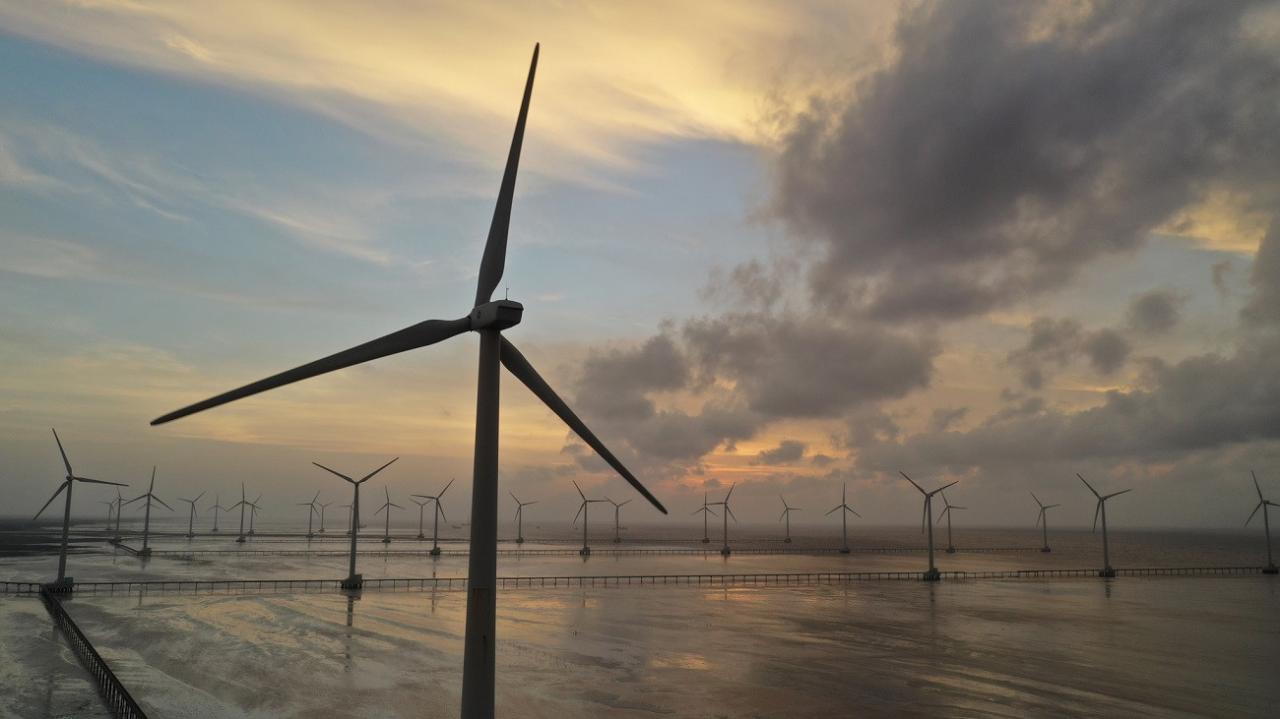
According to data from localities, by 2025, 4 thermal power projects with a capacity of 4,670 MW will be put into operation (An Khanh, Hiep Phuoc phase 1, Nhon Trach 3,4, Vung Ang 2), 176 hydropower projects with a capacity of 2,948 MW, 165 onshore wind power projects with a capacity of 13,919 MW. The total capacity of the above projects is about 21,537 MW.
"If the power projects are implemented as planned above, the power supply will meet the demand," the Ministry of Industry and Trade estimated.
However, the agency said there are still many potential risks of delays, especially for thermal power and onshore wind power.
To minimize risks in electricity supply until 2025, the Ministry of Industry and Trade believes that it is necessary to mobilize sufficient resources and improve management and operation methods to soon put into operation the 500 kV line connecting the North Central - North Vietnam (Quang Trach - Quynh Luu - Thanh Hoa - Nam Dinh line) before 2025. This line will contribute to increasing transmission capacity from the Central region to the North and promptly release the capacity of large power sources such as Vung Ang 1 and 2 thermal power plants, Quang Trach 1 thermal power plant to supply electricity to the Northern region.
In addition, the Ministry is calculating the need to increase electricity imports from countries in the region. First of all, it is possible to negotiate to increase the output of electricity purchased from China to 3.5 billion kWh on the current 220 kV lines from Lao Cai and Ha Giang . When conditions are favorable, consider implementing the solution of purchasing electricity from China through the Back-To-Back system with a capacity of about 2,000 MW, output of about 9 billion kWh/year.
Regarding electricity import from Laos, it is necessary to have a solution to import Nam Ou power source cluster before 2025. After 2025, it is necessary to import other potential electricity sources from Laos to the Northern region.
To ensure the ability to deploy power sources, especially renewable energy sources, the Ministry of Industry and Trade believes that it is necessary to regularly urge and ensure the progress of base power sources such as Vung Ang 2, Hiep Phuoc, Nhon Trach 3,4, An Khanh thermal power plants...; Create conditions to encourage the development of renewable energy sources (wind power, solar power) by region, especially in load center areas, at risk of power shortage (North).
"Consider developing rooftop solar power as a priority solution to ensure security of electricity supply. Annually evaluate the effectiveness of developing rooftop solar power sources to make appropriate adjustments," the Ministry of Industry and Trade said.
Offshore wind power still "stuck"
Regarding offshore wind power, the Ministry of Industry and Trade believes that the pilot study assigned to EVN and domestic enterprises to deploy offshore wind power faces many difficulties.
One is that the legal corridor for offshore wind power development is still unclear (the National Marine Spatial Planning has not been approved, and there is no basis for determining the scope of marine management).
Second, the law on investment has not yet specified the competent authority to decide on offshore wind power investment policies.
Therefore, the Ministry of Industry and Trade affirmed that there is no legal basis to assign EVN and domestic enterprises to implement offshore wind power projects.
In its proposal to draft a revised Electricity Law, the Ministry of Industry and Trade proposed amending the Investment Law to regulate the authority to decide on investment policies for offshore wind power projects.
In the immediate future, the Ministry of Industry and Trade proposes that the Prime Minister assign EVN and domestic enterprises to research and survey the conditions for offshore wind power development, and be ready to deploy when there is sufficient legal basis for competent authorities to assign investors.
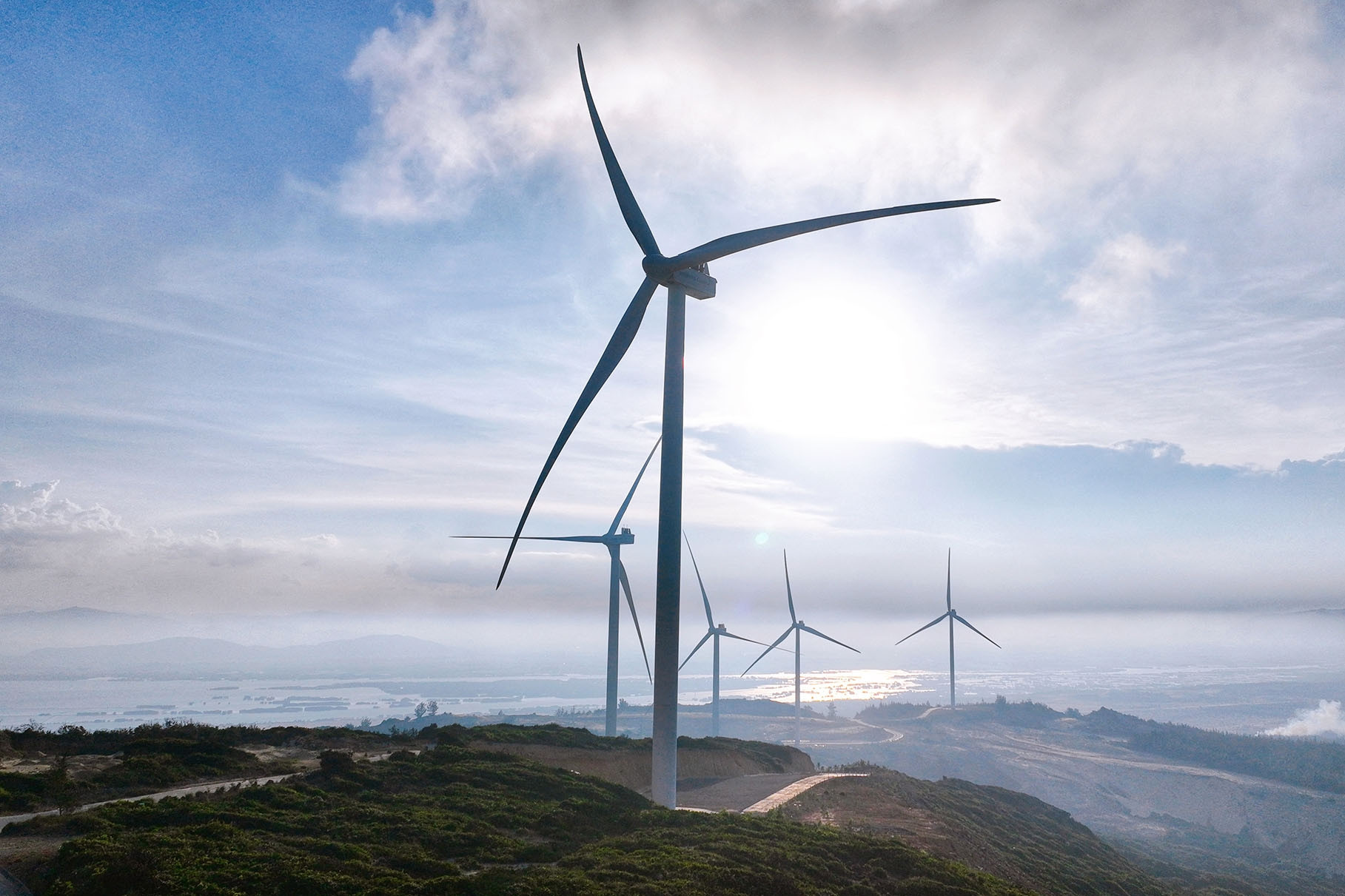
Source


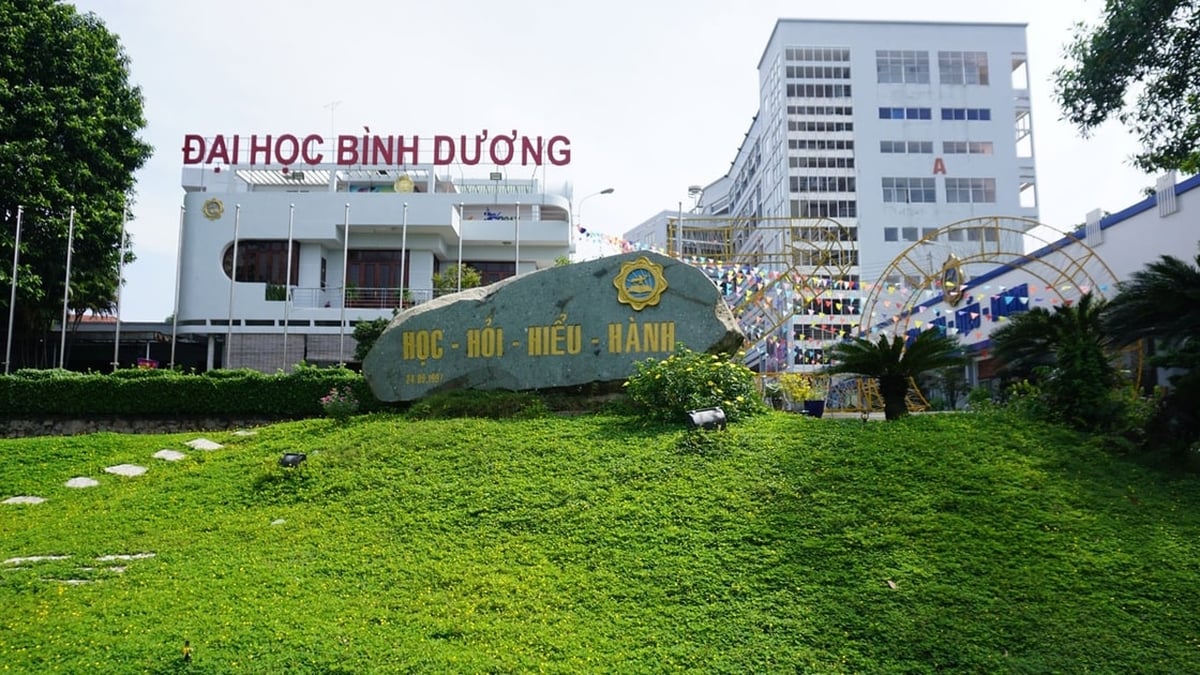
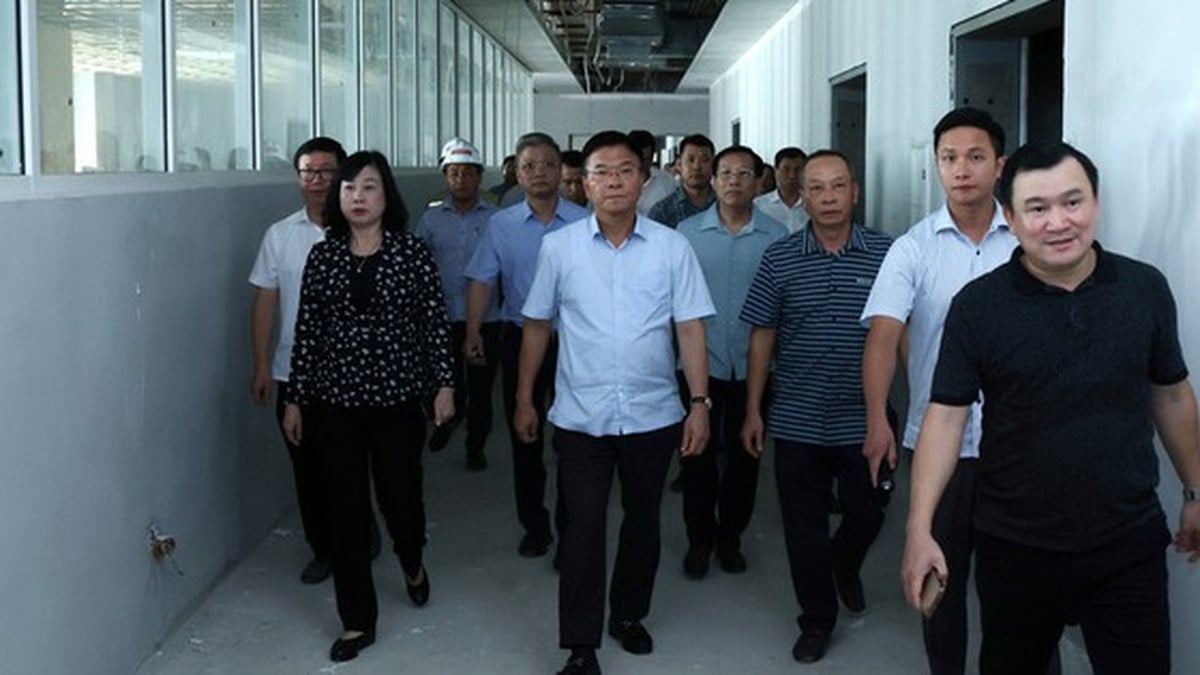
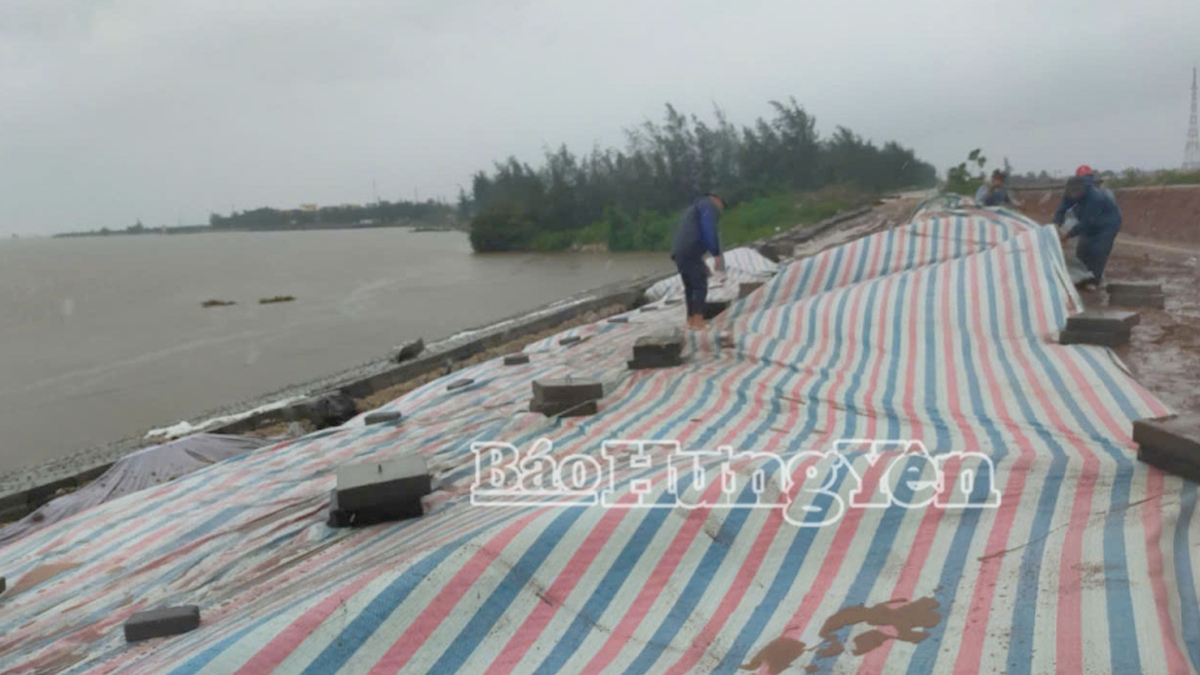

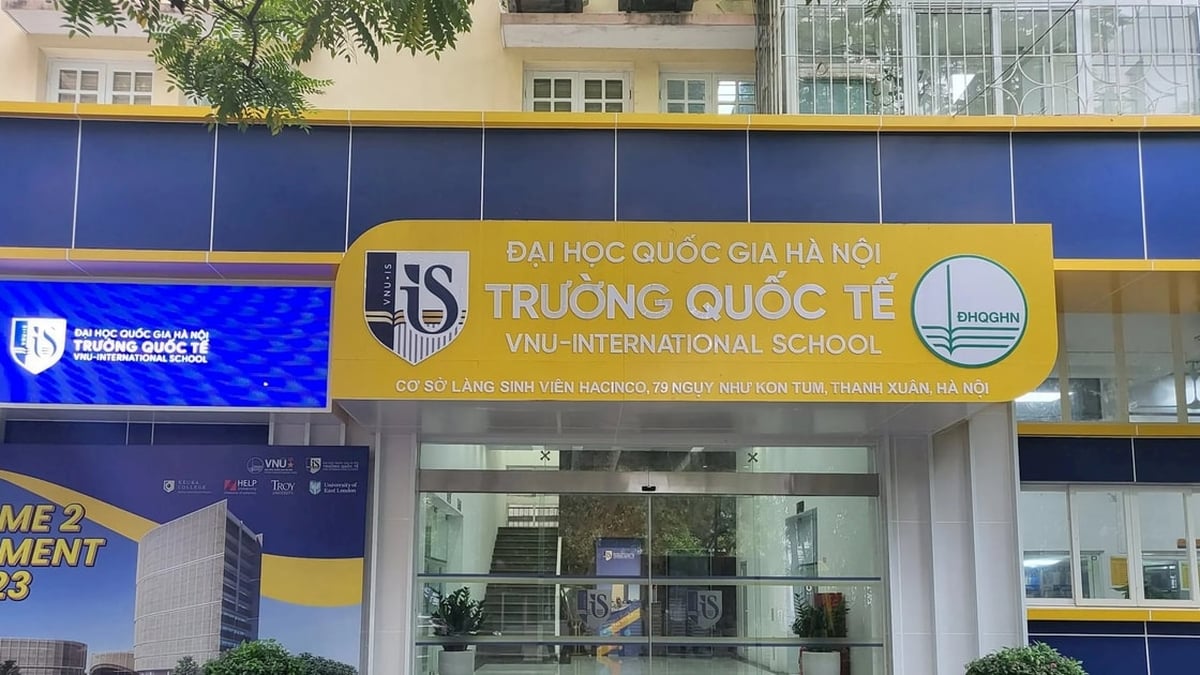

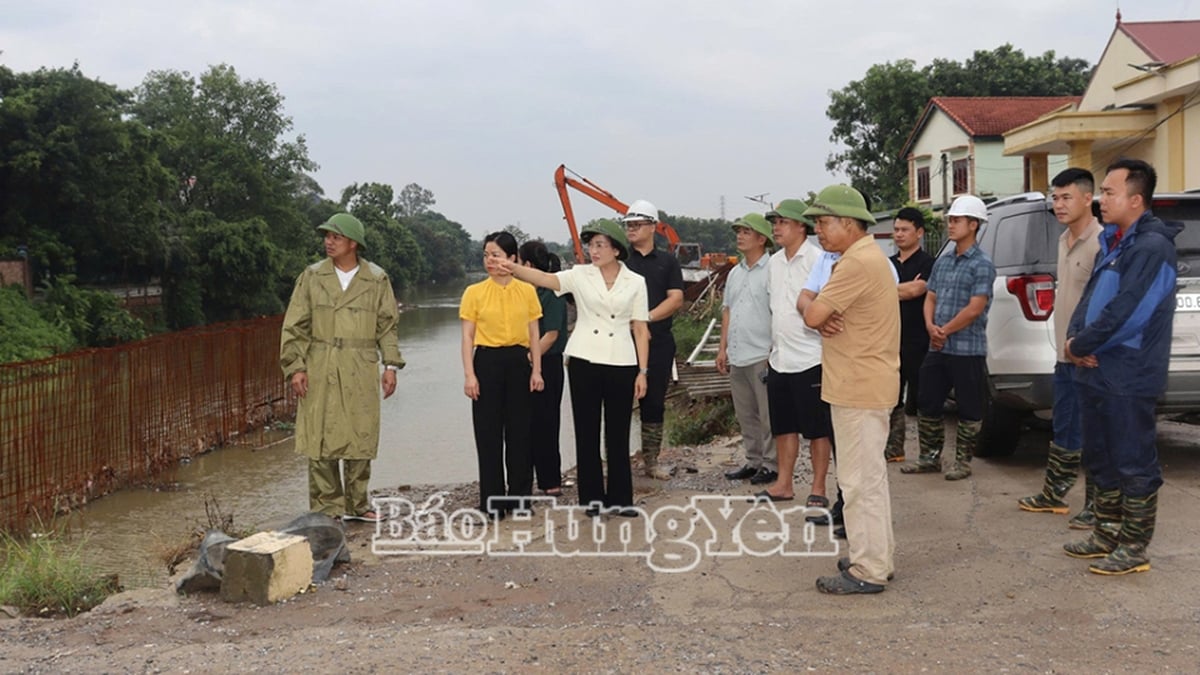
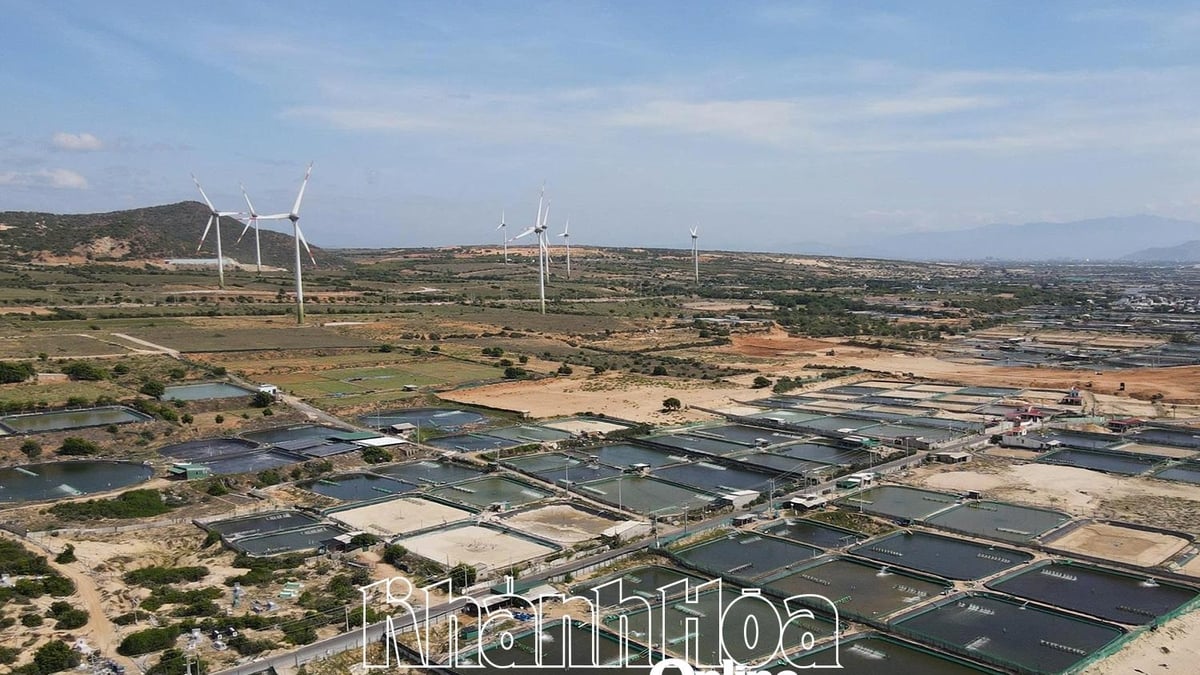
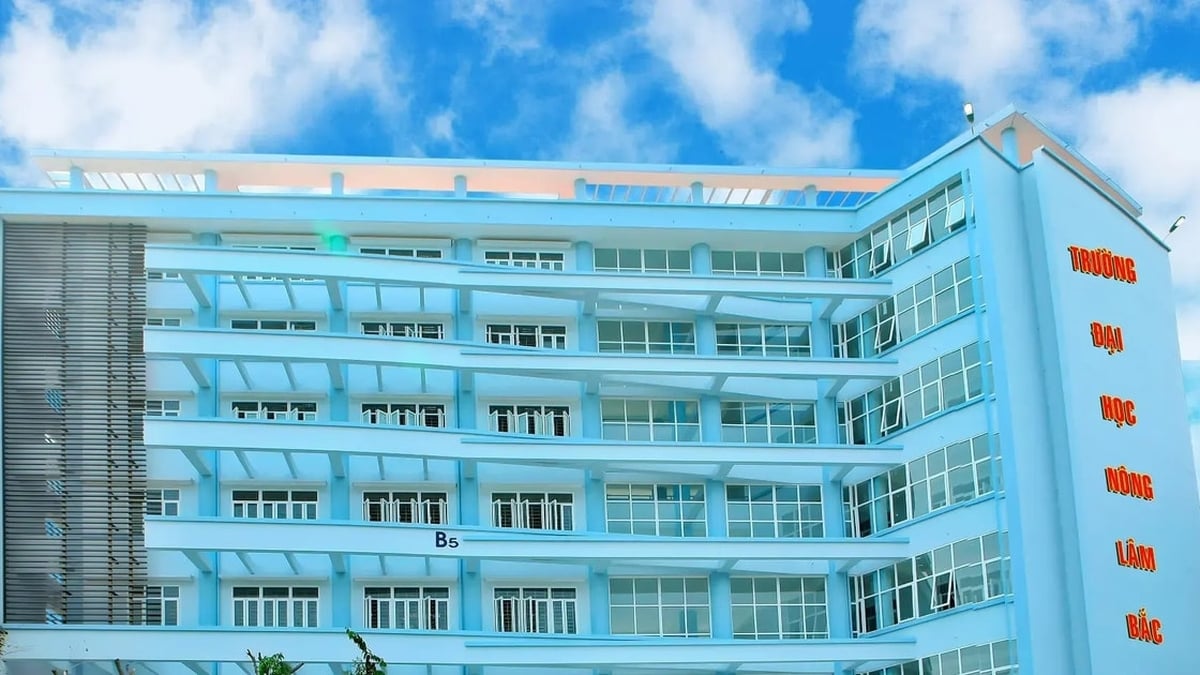
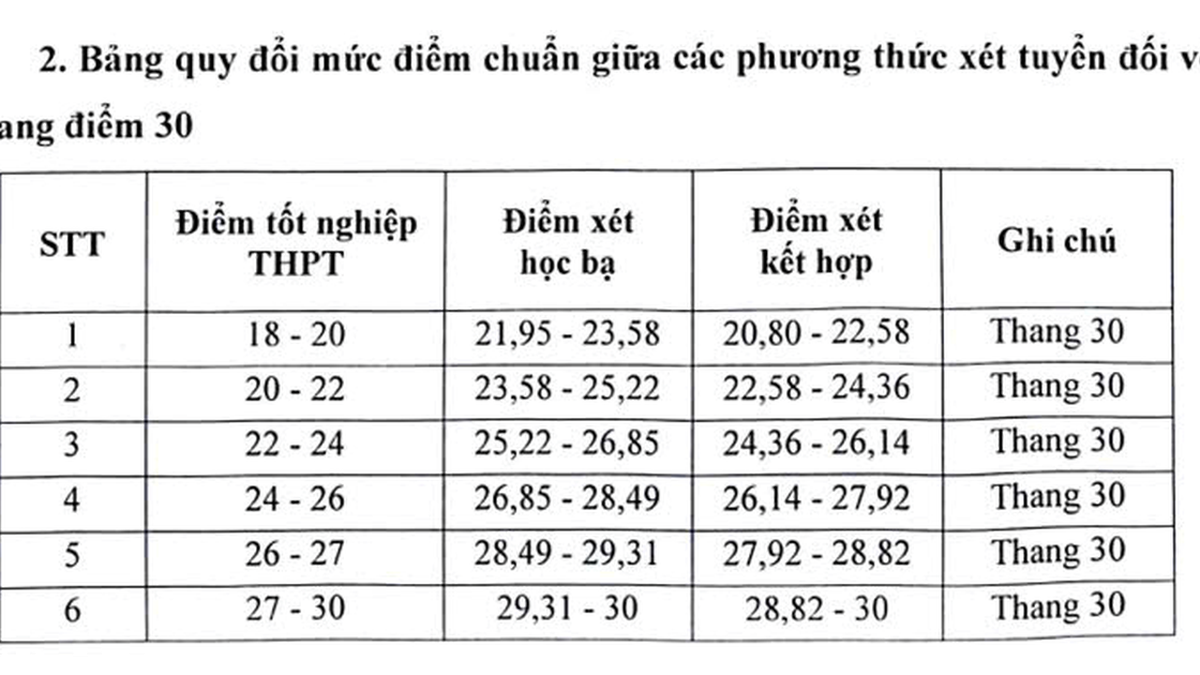



















![[Photo] National Assembly Chairman Tran Thanh Man visits Vietnamese Heroic Mother Ta Thi Tran](https://vphoto.vietnam.vn/thumb/1200x675/vietnam/resource/IMAGE/2025/7/20/765c0bd057dd44ad83ab89fe0255b783)


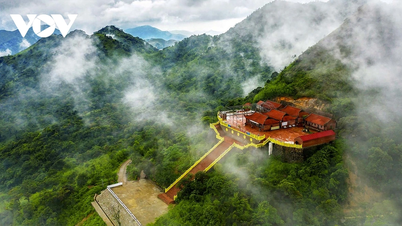







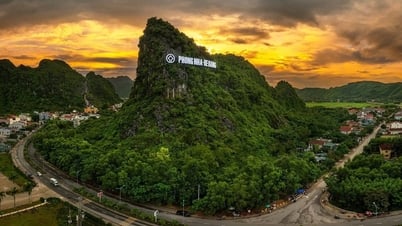









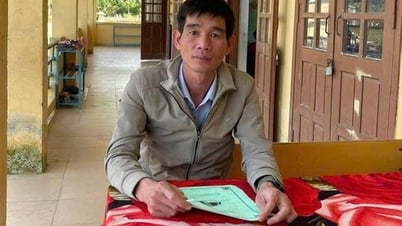
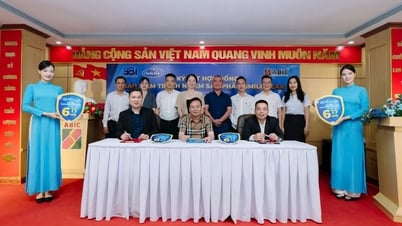



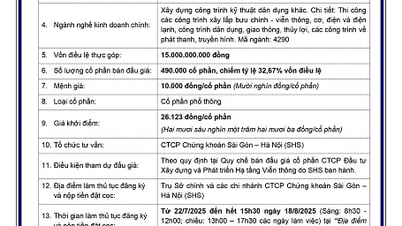
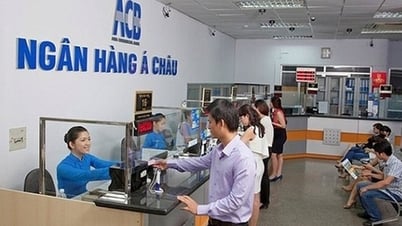



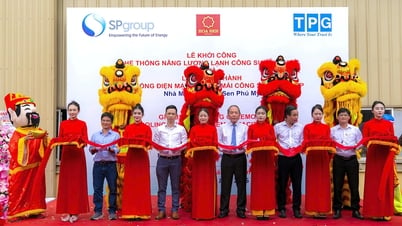
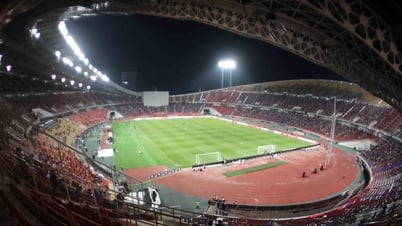

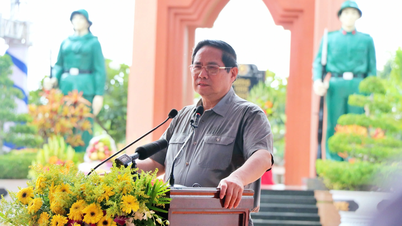
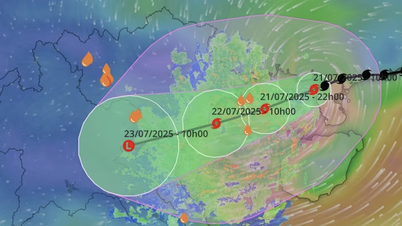

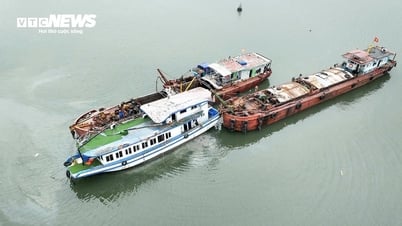


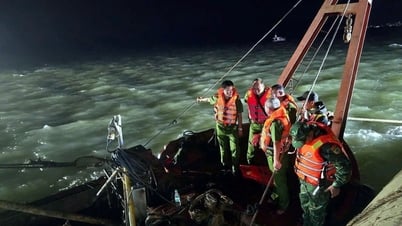
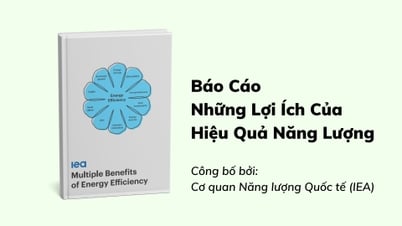





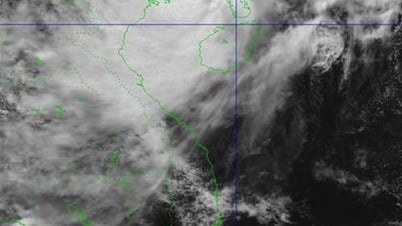
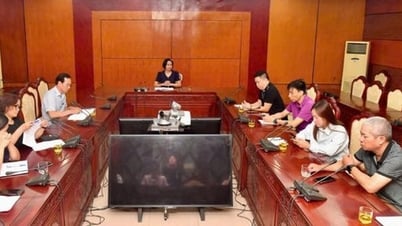
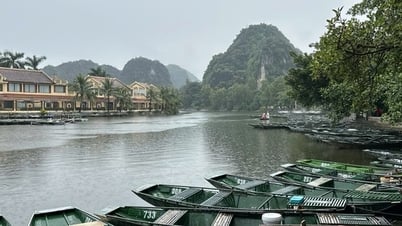

















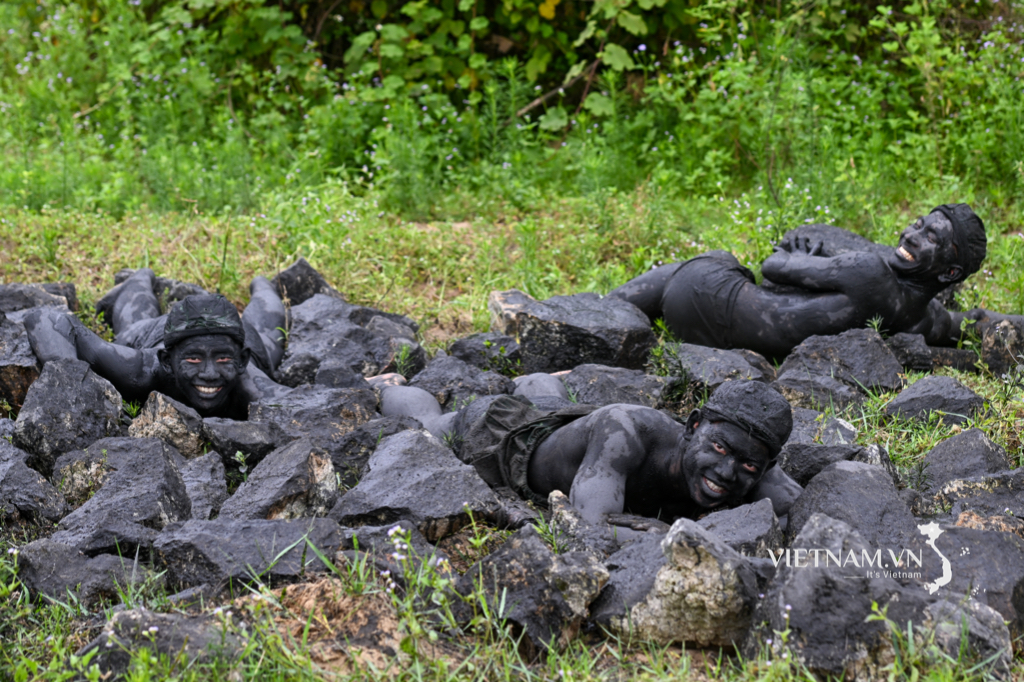



Comment (0)